11Jun
11Jun
Goldilocks and the Three Barefoot Shoes
I’ve been wearing barefoot shoes for years now. I believe I’ve found the ultimate pair to recommend to anyone who wants my advice on diving in, so I’m writing my first-ever product review. Read on to see me explain:
- Why YOU should be wearing barefoot shoes,
- Why some barefoot shoes are better than others,
- And why I think these are the best!
Table of contents:
- How do they work?
- Why should I wear barefoot shoes?
- Why they have to actually feel barefoot
Why GoSt-Barefoot Paleos®? - Do they make any noise?
- How do they handle the heat?
- What does the texture feel like?
- How do they fit?
- The Sizing Process
- The Look
- An Unexpected Use
- Disclaimer
How do they work?
GoSt-Barefoot offers several different shoes which incorporate chainmail into the design. The “URBAN” series includes a slipper, a huarache, a sports shoe, a casual wear shoe, a trail running shoe, and a shoe made for soggy terrain. All of these include fitted outsoles. I’m after the most barefoot experience possible, so there weren’t my thing.
The “CLASSIC” and “ULTRA” series look similar to what you’ll see displayed in photos on this review. The main difference between these models is the pattern of the lacing through the top of the shoe. From the Ultra series, the Delinda is advertised for casual use, the Anterra for hiking, and the Pronativ for running on nature trails. The Classic lacing runs all the way up to the toes, to ensure you can get a good fit no matter the shape of your feet.
I chose the CLASSIC (CAYMARO SOIL).
After you choose a Classic or Ultra shoe, you have to decide whether you want “paws.” The paws are sown in a cobblestone pattern across the bottom of the shoe. They’re based on the concept of an animal’s paw. When each ball presses down, it expands its surface area across the ground slightly, to provide a solid grip. And there is space between them. So loose materials like mud and sand just slip right through while the paws seek traction. If you plan to wear these on slick or polished surfaces, you’ll have to include the paws or you’ll slip everywhere.
There are three options for the paws. They’re called ‘Water,’ ‘Soil,’ and ‘Cliff.’ ‘Water’ is soft, with a shore durability rating of 65A. That’s about the same durability as the material used in a pink eraser. They also add about 2mm to the final thickness of the shoe. ‘Soil’ bumps the durability rating up to 78A, the same as the wheels of a roller skate or skateboard. It also adds another half a millimeter to the thickness. Finally, ‘Cliff’ adds another half a millimeter and boosts the durability rating to a whopping 90A. That’s about the same durability as a tire tread.
I went with the ‘Soil’ paws for mine.
The chainmail varies from 1.1 to 1.6mm thick, depending on how far you’re stretching the rings. The website claims it averages out to 1.4mm. If you only ever plan to use these on soft surfaces like sand or soft ground, you could leave off the paws. This would mean far more durability and far more natural ground feel than you could get from any other shoe. Ever. They would enhance your grip, and they’d protect you from landing on things like nails and burs.
The ‘soil’ paws add 2.5mm to the chainmail’s average 1.4mm. That’s a grand total of 3.9mm between my feet and the ground. Check out an actual size online ruler if it hasn’t sunk in just how thin that is.
If the paws wear out, you can send them back to GoSt to get a deep cleaning and a paw replacement. At about $100, this is less than the price of replacing most worn out barefoot shoes. If you somehow manage to wear away the paws and the chainmail before sending them in, there is another option to replace the entire sole. That one’s about $150.
And I have no doubt in my mind that these will last far longer than the average barefoot shoe.
Why should I wear barefoot shoes?
Because you shouldn’t be wearing any others. Ever, if you can help it. The shortest way to explain the problem? You know why it’s a bad idea for women to wear high heels. So you already know why we should all be avoiding shoes.
High heels shorten your calves, and the effect can be permanent. They stiffen the Achilles tendon, which connects the calf muscle to the bone. This makes it impossible to even try to stretch the calf. As a result, women who wear high heels experience pain when they aren’t wearing them. And the muscles can become so short that walking in anything else will be painful for the rest of your life. They cause you to walk in an unnatural gait, while adding pressure to the knees. This fast-tracks you towards arthritis. They force you to walk with your pelvis tilted forward in order to remain balanced. This causes lower back problems. You might also roll your shoulders forward to compensate for the curve in your lower spine. At that point, you are throwing your entire skeleton out of whack.
But there’s nothing magic about “high heels.” High heels cause these issues because: 1. they elevate the heel relative to the rest of the foot, and 2. they cut off your ability to feel the ground. That’s it. And guess what?
Your shoes do both of these things, too. Yes, if your heel isn’t as elevated, and you aren’t as cut off from the ground, then the issues don’t form as fast. But the farther you get from being barefoot, the faster they do. Your feet should be flat from heel to toe. You should be able to feel how much impact you’re striking the ground with.
If you’re interested in learning more, just follow Kelly Starrett.
This man is the world expert on everything related to human mobility. Starrett has done mobility training with everyone from professional ballerinas to elite members of the U.S. military. You can find videos online of him explaining why you should never wear sandals. His book Ready to Run is the best explanation of the ‘why’ and ‘how to’ of barefoot running around. Search Google for “Kelly Starrett” and you’ll find an endless wealth of information.
If you’d like a shorter article to read, there’s an excellent one in New York Magazine here:
[A study] examined 180 modern humans from three different population groups (Sotho, Zulu, and European), comparing their feet to one another’s, as well as to the feet of 2,000-year-old skeletons. The researchers concluded that, prior to the invention of shoes, people had healthier feet. Among the modern subjects, the Zulu population, which often goes barefoot, had the healthiest feet while the Europeans—i.e., the habitual shoe-wearers—had the unhealthiest. One of the lead researchers, Dr. Bernhard Zipfel, when commenting on his findings, lamented that the American Podiatric Medical Association does not “actively encourage outdoor barefoot walking for healthy individuals. This flies in the face of the increasing scientific evidence, including our study, that most of the commercially available footwear is not good for the feet.”
Why your “barefoot shoes” need to actually feel barefoot
Vibram has been challenged in court over its claim that barefoot running is less likely to result in injury. Turns out, a lot of people were getting more injuries wearing Vibrams. Vibram settled out of court for a whopping $3.75 million.
What’s going on here? Why am I still interested in barefoot shoes?
One of the problems is that many of Vibram’s shoes weren’t really “barefoot.”
If you have enough padding on your shoes that you can’t feel the ground, you’re going to run in the unnatural way that any other shoe would cause you to. Yes, even if they have slots for your toes. And if you’re going to run unnaturally, then it may be better to do so with extra cushioning than to do so with less.
If you can’t feel the ground very well, then you’re going to be more likely to strike the ground hard with your heels. This sends shockwaves through your bones and joints, instead of the muscles designed to absorb them when barefoot. This will especially wear out your knees over time. Many so-called “barefoot shoes” have soles as thick as 14mm.
This is enough to reduce the amount of padding cushioning the impact to your joints. But it’s not enough to cause you to change your running form and send that impact into your muscles instead of your joints. So you keep running the same way, and you end up doing more damage and having more injuries.
This is why it’s important to find a barefoot shoe that actually feels barefoot.
You don’t want a traditional running shoe that gives you less cushioning.
You want a barefoot shoe.
As I searched for the most barefoot possible barefoot shoe, I found that there was something very natural about being able to physically feel my environment through my feet. The more I got used to this, the harder I found it to tolerate wearing thicker shoes even for short periods of time. They began to make me feel like I was wearing thick winter gloves all the time that I wasn’t allowed to take off.
Or like Bubble Boy—isolated from the world by an artificial shield. This grew to the point where I couldn’t stand it anymore. My feet felt just like my hands—a legitimate part of my body that didn’t deserve to be locked up, withering away in a cast. As I adapted to barefoot shoes, it really did feel this bad. Several Vibrams I tried felt this way too.
Why the GoSt-Barefoot Paleos®?
If you know me, I know what you’ll be thinking.
To recap, this is me:
Of course the guy who spent two years growing out his hair just to rip off Vikings would want chainmail shoes. Clearly it’s an elaborate fashion stunt, right? But I can promise you, the aesthetic was only an added bonus.
Here are the top perks that you won’t find in any other shoe:
- There is never an issue walking in rain or water.
- The shoes will never smell, or cause your feet to smell.
- If you want to take them off, you can slide them into a pocket.
^ This is especially useful for travelers and one-baggers. - Nowhere else can you find this balance between barefoot ‘feel’ and durability.
- They’re excellent when it’s hot out (see below).
My previous favorite barefoot shoe, the Vibram KSO Treks, were awful when it came to wet weather. Your foot is close to the ground when you’re wearing a barefoot shoe. The second you step in even the most shallow puddle, your foot is being soaked. The KSO Treks would soak up water like a sponge and then sog like a wet mat if they ever got caught in a light rain. This wasn’t pleasant. Especially when I got caught in the rain while vagabonding alone through New York.
With the Paleos®, stepping through water is one of the best parts. Nothing is going to be swimming around on my bare foot, and I’ll be dry within minutes. I won’t lose traction and slip because my foot is wet, either.
But point #4 is what sold me on these shoes. The ideal barefoot shoe should feel as close to being truly barefoot as possible, but without being so flimsy that I’m afraid of actually using it.
Which finally brings me to the story of Goldilocks and the Three Barefoot Shoes.
In my search for the most barefoot shoe possible, I found two ultra-thin options providing coverage to the top of the foot. Vibram’s thinnest model, the El-X, features a 2.7mm max sole. The only way to go below this was to order from Feelmax. Feelmax uses a special patented German rubber to achieve a 1mm sole.
However, the 1mm models from Feelmax are sold exclusively for indoor use. There’s no trick on Earth that can make a 1mm sole durable out in the elements. And wearing Vibram’s El-X feels like slipping on a latex glove. Yes, it’s as close to not wearing anything as you’re going to get, but you can also feel that this isn’t going to last long. You could probably stab the shoes with a paperclip and they’d be done for.
On the other hand, the Vibram Bikila clocks in at 8.5mm. After trying out the thinner shoes, they felt like walking with tatami mat strapped to my foot (like you’d find on the floor of a martial arts studio).
The optimal compromise I came to at the end of this search was Vibram’s KSO Trek, with a max sole of 4.7mm. These felt durable, but they also offered plenty of “barefoot feel” at the same time. So this is where I settled my search a year ago. Vibram has discontinued them, however. I snatch them up used when I can.
Amazingly, the GoSt Paleos® feel every bit as durable as the KSO Treks despite being almost a millimeter thinner. They feel significantly more durable than any shoe made thinner than the KSO Treks. And with the entire shoe being open, the increase in barefoot “feel” brought by the Paleos® over the KSO Treks is far more than a millimeter. It is a remarkable achievement to create a shoe that feels this close to being truly barefoot that won’t make you terrified of beating them up. I’ve yet to find anything else that achieves this.
Do they make any noise?
Not really. Here’s an audio recording of me holding them up close to a microphone and shaking them as hard as I can. Similar to, but barely a fraction as loud as, the sound of someone jingling change. And they don’t even get as loud as this when running. Not even during all-out heavy sprints. I have to shake them in my hand to get this sound.
How do they handle the heat?
Before getting these, I spent a couple hours browsing comment sections to see what concerns came to peoples’ minds. One of the most common worries was that they would absorb the heat from the sun and then burn you.
This couldn’t be farther from the truth. I live in the mountains in Georgia where summers hit 90°F, and I can honestly say that these are cooler than sandals. Why? Picture going shirtless on a hot day. Now imagine wearing a loose white shirt that blocks the sun while allowing you to feel the breeze. The shirt makes you cooler, right?
First, the silver color works even better than a white shirt at reflecting the light from the sun away from you. A white shirt gets brighter in the sun. These glow. And that is a visual representation of how much heat they are deflecting off of you; the light of the sun carries much of its heat. Second, unlike any other footwear on Earth, the bottom of your foot can breathe. The air hits 360° around your entire foot. You actually feel the breeze on your soles.
Military and sports research has studied the best way to stay cool in hot weather. Is it better to block your exposure to the sun at the cost of less ventilation of your skin? Or is it better to strip down to increase airflow at the cost of increased sun exposure? The answer is complicated. But there are circumstances where blocking the sun is preferable; Bedouins in the hot deserts of the Middle East cover their heads with those thick scarves for a reason.
Either way, wearing loose, breathable fabrics gets you the best of both worlds. They allow your sweat to evaporate in the breeze so it can cool you off, and they block the sun.
One of my favorite pants of all time is from Vertx, the Phantom Ops with Airflow. It’s designed like a full pant—with several sections of fabric replaced with mesh. By blocking the sun while still allowing your sweat to evaporate in the air, they make you feel even cooler than shorts. And the GoSt Paleos® achieve the same effect in a shoe.
Here I am wearing both. Notice how similar the texture of the mesh and the chainmail is:
After wearing them normally, I tried standing still on hot pavement with my feet directly exposed to the searing noon sun. After several minutes straight without moving, they finally started to get warm and tingly (but never painful). They also cooled back off within moments as soon as I moved them. When you walk, they’ll be moving in and out of the shadow cast by your body. This prevents them from building up warmth through continuous contact with sunlight. If for some reason you had to stand still for hours in direct sunlight, the saver socks would solve even that issue.
Ironically, they do a much better job absorbing cold than heat. I didn’t notice this until I walked through my grocery store’s frozen produce section. As soon as the air from the freezer touched my feet, it was like the shoes absorbed every bit of it and my foot was suddenly surrounded by rings of cooling gel. For what it’s worth, I found the sensation enjoyable. It’s also something you won’t experience unless you’re walking through your frozen produce section in chainmail. Keep in mind you wouldn’t be wearing these when it’s cold out anyway—especially not against bare skin.
And you can’t mark that against the shoes. There just isn’t a way to design a shoe thick enough to give you warm insulation and also thin enough to count as a true “barefoot” shoe. But personally? My feet are very tolerant to the cold, and I often make the mile run to my mailbox in winter while barefoot. So I still look forward to wearing these in winter, anyway. The only time I definitely would not consider it is when it snows.
What does the texture feel like?
I don’t particularly enjoy soft things, but I’m ridiculously sensitive to textures. If my wife uses a nail file while I’m touching her arm, then I can feel it through her arm and I can’t stand it. I have to stop touching her. If anyone would have an issue with an irritating texture, it would be me. And I really enjoy the texture of chainmail.
Chainmail feels smooth because of the way the rings glide across each other. The inner diameter of each ring is 2.9mm, and each ring has four other rings looped through it. That means each ring can slide about half a millimeter through any of the other rings it’s connected to. And since the shape of each ring is circular, this sliding sensation is very smooth. A chainmail keychain attachment came included with my order, and if I rub it between my fingers, it feels like a tiny massage. I find myself doing this instead of jingling loose change or playing with my keys.
So unless you’re already picky about making sure everything you wear is soft, I can’t imagine it causing a problem. The shoe is shifting and moving the entire time it’s wrapped around your foot. I feel like Moses walking through the Red Sea, feeling the water part out of my way every time I come close to it. There’s nothing else quite like it.
To make the texture of chainmail feel rough, you have to stretch it tight. When there’s no ‘give’ left at all and the rings are unable to slide against each other, then it loses its smoothness. I can make this happen with the chainmail on the keychain piece by pulling it tight at both ends. But this never happens while wearing the shoes.
Compare the above photo to this one:
On your foot, the chainmail always rests more like the first photo than the second one.
How do they fit?
Several barefoot aficionados have worried that they look narrow around the toes. As mentioned in the last section, chainmail slips and slides over itself the whole time you’re wearing it. Trust me: if these look narrow, it’s because of the shape of the wearer’s foot. If I spread my toes, then the chainmail will expand to accommodate them instantly.
Just take a look at how flexible they are. I don’t even feel the shoes moving as they shift into this position:
The laces loop all the way around to the back of the shoe, where they connect to a hem cinch. This puts you in total control of how loose or tight the entire shoe is.
The cord is long, to make sure you can get it loose enough to remove. So when you get it as tight as you want, you slide the end of the cord between the hem cinch and the shoe to create a loop. This takes care of the excess length.
I would definitely recommend the Classics to anyone who has trouble fitting into shoes. In fact, I would recommend them on this basis alone. Unless you have talons coming out of your heel, these are going to fit you.
When I first put them on, I was trying to make them fit snug around my entire foot. This was causing the chainmail around my ankle where the material cinches to dig into my foot. I solved the issue by putting on the included bottomless neoprene socks so that my ankle would be cushioned. It worked perfectly.
But when I told Jörg Peitzker (CEO) about it, he was disappointed. Apparently, they’re supposed to be kept loose enough to shift around. So I made myself get used to it. And as you can see, I’m comfortably running and sprinting and climbing trees without the socks in all of the pictures included here. It takes a little practice to figure out exactly how to cinch it to get the right fit. But once you do, it’s way faster than tying shoelaces, and much more secure.
The Sizing Process
GoSt-Barefoot has some of the best customer service I’ve ever experienced. Several times during my conversations with customer service asking for details about the shoes, Jörg popped in to respond to me personally.
When purchasing the shoes, GoSt asks you if you’d like them to double check your size for you. If you say yes, then customer service will contact you with instructions. They’ll ask you to let them know what sizes you wear in your other shoes. And they’ll have you trace the outline of your feet on a sheet of paper. Then they’ll adjust the size and model of shoe they send to you. You’ll get a notification of the change well before they’re shipped out.
The Look
Did you see the Disney movie Moana? You’ll remember Jemaine Clement’s performance as Tamatoa, the treasure-hoarding crab. The song Shiny was worth sitting through the rest of the movie for. Play it. Now. It came to my mind when I wore these out in public. I did not expect these to be so shiny. Under indoor lighting, they look like what I expect chainmail to look like. But in the right angle under the sun, they glow. This is my new theme song.
Well, Tamatoa hasn’t always been this glam
I was a drab little crab once
Now I know I can be happy as a clam
Because I’m beautiful, babyDid your granny say, listen to your heart
Be who you are on the inside?
I need three words to tear her argument apart:
Your granny lied!
I’d rather beShiny!
I was worried they would come off like a gimmick at first. Now I think of them like a durable leather jacket. Is it a fashion statement? Sure—but it’s also such a well-designed product that you could consider buying it even if it wasn’t. If more fashion statements came with this level of value… I wouldn’t have a problem with “fashion statements.”
Wearing Vibram toe-shoes out in public gets a mixed reception.
Some people are fascinated; I’ve even had people insist on taking pictures of me. Others ask questions like “Are those comfortable?” in a tone that indicates skepticism. So far, I’ve yet to get that kind of skepticism wearing these. Rather than asking, “Are those comfortable?” I’ve already had several people exclaim “Those look comfortable!”
So in my experiences so far, these seem to make a more appealing advertisement for barefoot running than Vibrams. I consider that a perk in and of itself. As many people should be running barefoot and wearing barefoot shoes as possible! If wearing these can make people interested in hearing me rant about why, then that’s awesome.
An Unexpected Use
I went out weed eating in them, and they completely prevented grass or dirt or twigs from getting on the top or sides of my feet. Nothing reached my foot. Everything landed on the shoes and then fell right off of the chainmail as it slinked around. Small rocks caused no real impact.
My yard has a steep hill I need to stand on for half the time I spend weed eating. The grip with Paleos while standing on the wet, steep angled hill was excellent. I had a few sprigs of wet grass, and plenty of moisture, on the bottom of my foot. I did want to cinch them up tighter on my ankle so they wouldn’t slink around on the slanted hill. But even leaving them loose, the grip felt more secure than it is with my Vibrams.
The only uncomfortable point was trying to climb the steep hill. Stretching my foot this far does stretch the material to the point that there is no ‘give’ left between the links. This makes the material feel quite rough against my stretched Achilles. This could be solved with the saver socks, of course. I plan to continue wearing these for weed eating, but avoid climbing the steep hill. I wouldn’t recommend these without socks for rock climbing. But they are awesome for weed eating: my foot stays protected, the grip is superb, and I can still sink my bare feet right into the fresh grass.
By the way, when you hear people talking about “grounding” or “Earthing” by walking barefoot, this isn’t just hippie talk. There is real scientific evidence showing that barefoot contact with the Earth reduces inflammation, speeds healing of wounds, improves blood flow, reduces blood clotting, normalizes EEG activity, and more. It can even improve stress tolerance and reduce death rates in premature infants in intensive care units.
Disclaimer
I was given a discounted product in exchange for my review. It didn’t cross my mind to pitch for this until I was halfway into a conversation with customer service, at which point I suggested it. I pointed out that I could introduce them to anywhere from 5,000 to 20,000 people who’d otherwise never hear about them because they don’t wear barefoot shoes. Jörg responded personally to tell me that my inquiry sounded “honest,” and we had a deal. ... by the way, don't miss out the discussion on my review at Reddit!
I plan to continue writing product reviews in the future. However, I’m only going to review a small number of my favorite things I’d rate 5 stars. Some of these reviews will be compensated in some way, while others won’t. I’ll be writing these for the same reason I write anything else: as a reference point for conversation. I don’t want to have to rehash all this every time it comes up. It’s much easier to just send someone a link for things I talk about often!
Du musst eingeloggt sein, um einen Kommtar posten zu können.
Hier klicken um sich einzuloggen


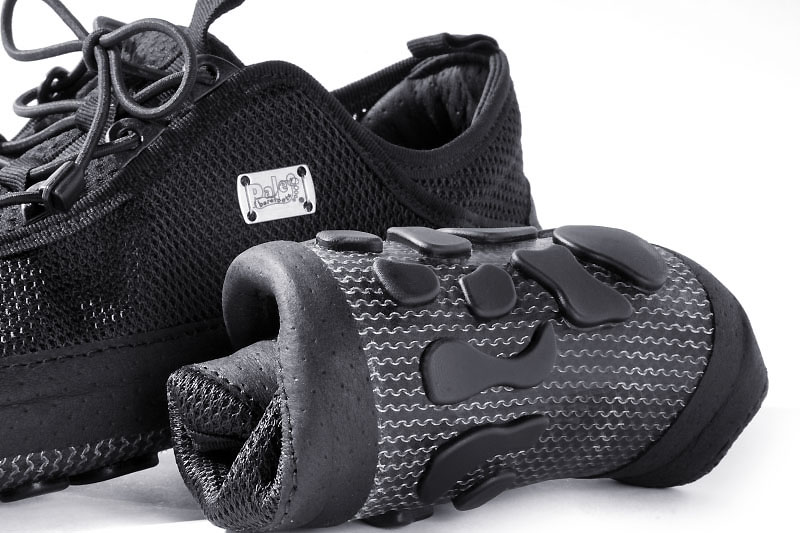
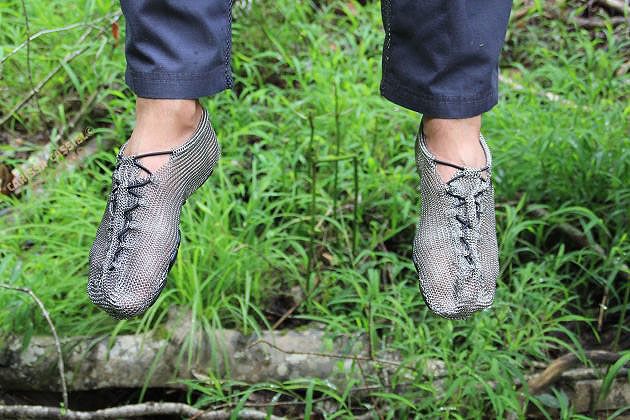
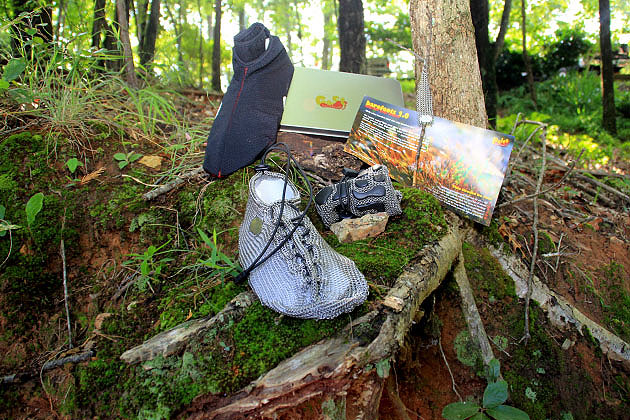

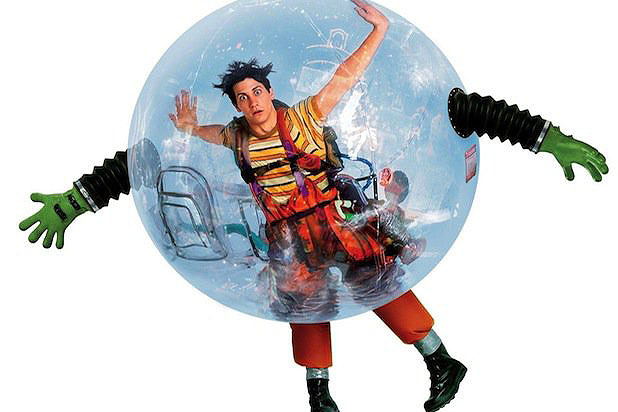
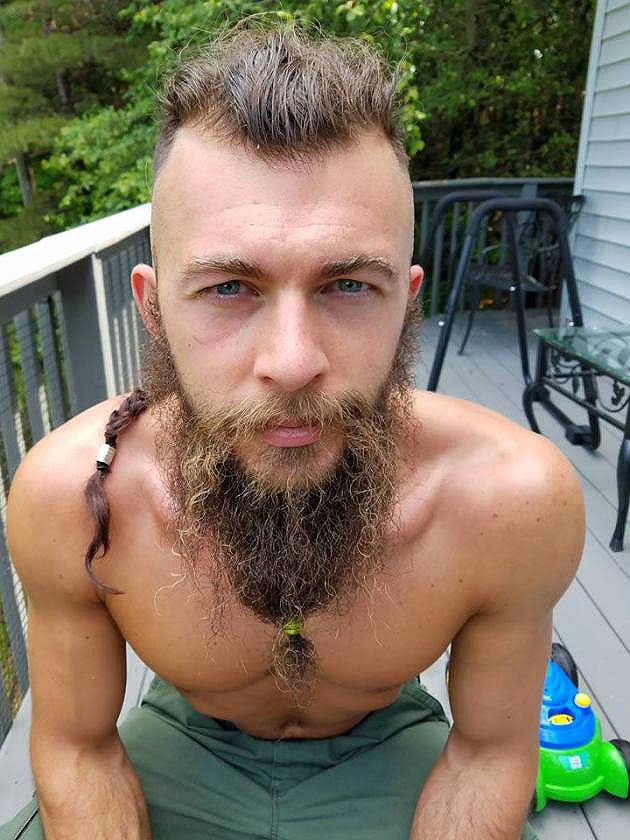



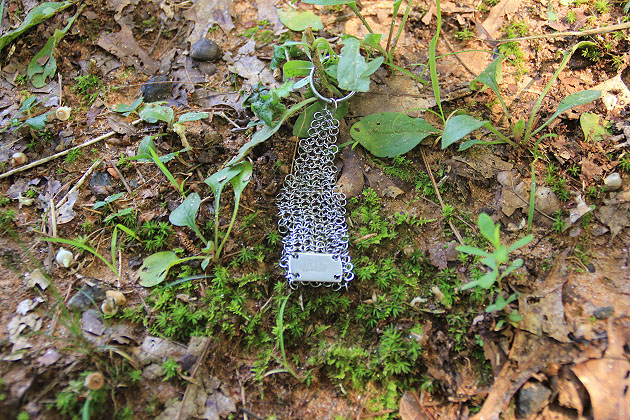

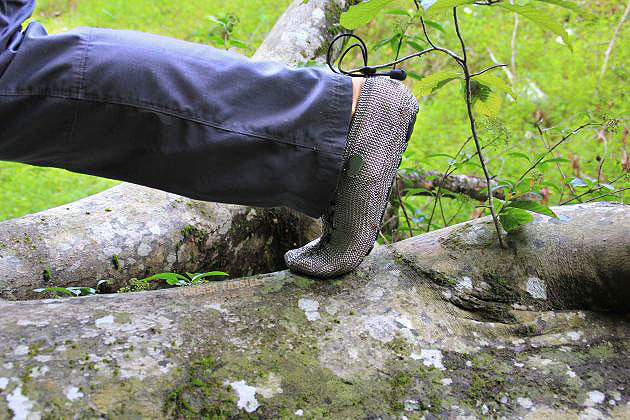

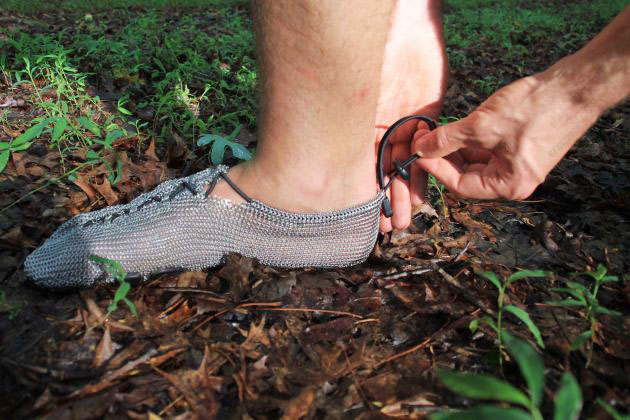
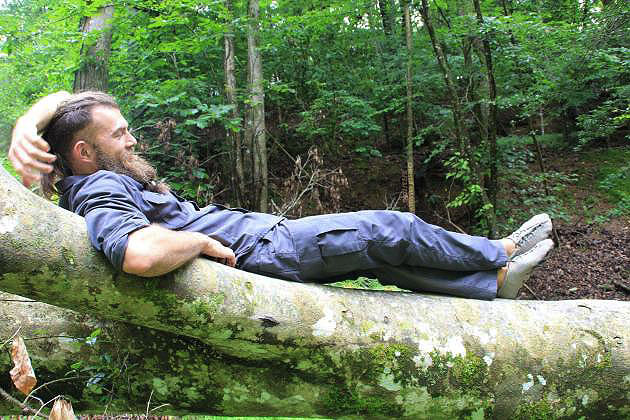



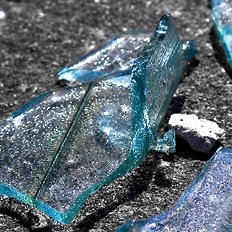














0 customer responses